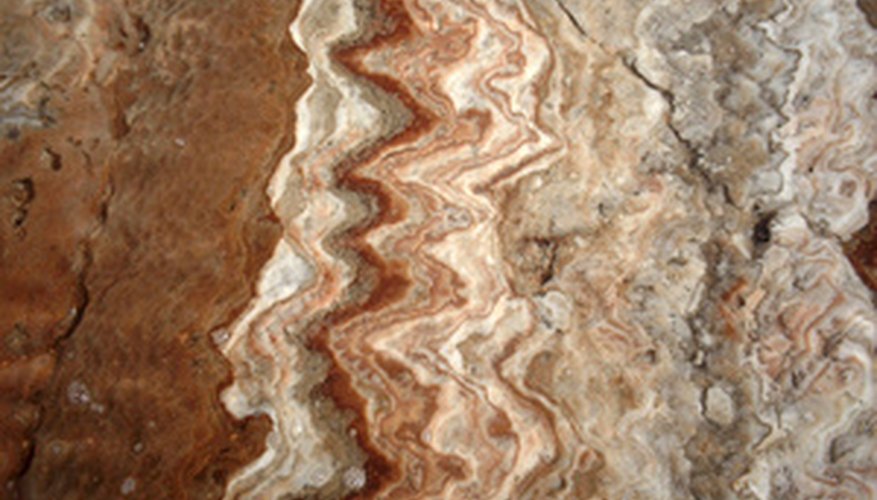
................................................................................................
Rock Salt
The Properties
of Rock Salt
By Alice
Hudson
Rock
salt is a form of coarsely ground sodium chloride.
Sodium
chloride, or salt, is employed in many industries, as well as used in cooking.
It
helps set dyes in fabrics and is used in the process of producing detergent and
soap as well as being used as grit on roads.
Rock
salt has a crystalline structure, is used as a desiccant and can also be used
as an extinguishing agent.
Mineral Classification and Chemical
Symbol
Rock
salt is also known by the mineral name of halite. Rock salt is that which is
sedimentary – that is, it is found in hard layers underground.
According
to ThinkQuestLibrary.org, not all salt is extracted from oceans or evaporated
salt lakes. Rather, sedimentary salt is found in locations of former seas.
Halite's chemical symbol is NaCI, meaning it contains one molecule each of
chlorine and sodium.
Appearance
Pure
rock salt is colorless. However, when found underground it is generally not
completely pure, so may have yellow, red, gray or brown hues.
It
is either transparent or translucent and when you shine a light on it, its
luster is vitreous, meaning it appears shiny and glassy.
Structure
Rock
salt forms in crystals with a simple cubic symmetry. When it is broken, it will
break evenly into cubes and when it shatters, the pieces will be of different
sizes and shapes.
Hardness and Weight
Mineralogists
rate rock salt at 2 to 2.5 for hardness. This means it is quite soft, its
surface able to be scratched with a fingernail. It is rated 2.1 to 2.3 for
"specific gravity" meaning it is light in weight.
As a Desiccant and Extinguisher
Rock
salt has hygroscopic properties, meaning it is able to induce or sustain
dryness. This is why salt was historically used as desiccant in food
preservation. It is also commonly used as an extinguisher to put out kitchen or
grease fires.
About
the Author
From
New Zealand and now freelancing in London, Alice
Hudson began her writing career in 2004, specializing in health and
fitness, lifestyle and personal finance. Her work has appear in the
"Hawke's Bay Today" daily newspaper and "The Herald on
Sunday." Hudson attained a Bachelor of Arts and diploma in journalism from
the University of Canterbury.


No comments:
Post a Comment